When buying a performance car it pays to be very careful. You can easily end up with a car costing you huge amounts in maintenance costs, which dilutes the fun of owning something a little bit tasty.
As ever, Parkers is here to help. In this article we’ve outlined a broad guide to buying a performance car. We go through what you should check, what to avoid and the numbers to crunch when picking your car.
There are loads of things you can check yourself*, so we’re here to give you a helping hand to buy the car you’ve always dreamed of.
Engine and gearbox
.jpg)
The most obvious thing to do is start the car from cold, get out and listen to the engine. It shouldn’t make any unusual sounds – there should be no knocking, scraping or tapping. It should start right away, idle slightly high for a few seconds and then settle down.
When it’s idling walk to the back of the car and check there isn’t any smoke coming from the exhaust. There may be a little steam from condensation if the car’s been sat, but that will quickly clear. Blue smoke indicates an oil system problem, while black smoke is a fuelling issue. White smoke indicates water.
Make sure the oil is at the correct level, clean and a golden colour – it should have been changed regularly and often.
Coolant should be full to the levels prescribed by the manufacturer, and you can usually check this on the expansion tank in the engine bay.
When driving slowly, make sure the clutch and gearbox feel assured and easy to use. There shouldn’t be any crunching or other worrying noises when changing gear.
Try a full throttle pull in a high gear from low revs to make sure the clutch isn’t slipping. The speed of the car should increase in conjunction with the revs, and if the rev needle shoots up without the car reacting then the clutch may need changing.
With the engine turned off, slot the gear lever through every gear to make sure it slots home properly.
Wheels and tyres
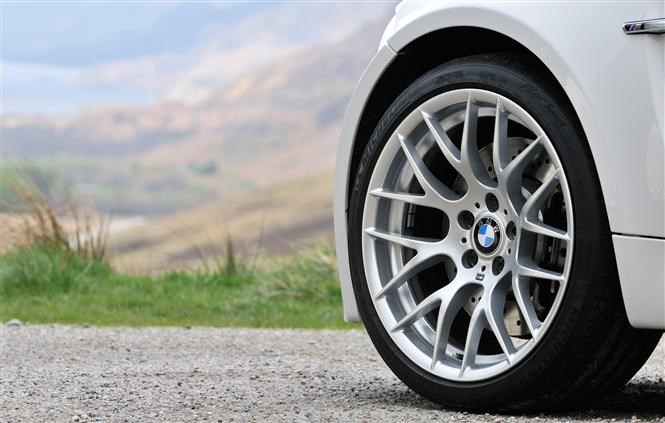
Always make sure there are decent tyres on the car. Not only should there be ample tread left, but you’ll need to make sure the tyres themselves are of a reputable brand. Usually you’ll find the car performs best on the tyres it left the factory on, so perhaps a call to a main dealer to check what those were would be a good idea.
Watch out for uneven tread wear too – it can suggest poorly fitted wheels or badly modified suspension.
Generally speaking the alloy wheels should be in good condition. If they’ve been kerbed then it’s possible the suspension geometry could be out too, so watch out for uneven tyre wear or strange handling through corners.
Is the car you’re looking at very powerful and either front- or rear-wheel drive? If so, factor the cost of regular new tyres into your equations too.
Suspension and brakes
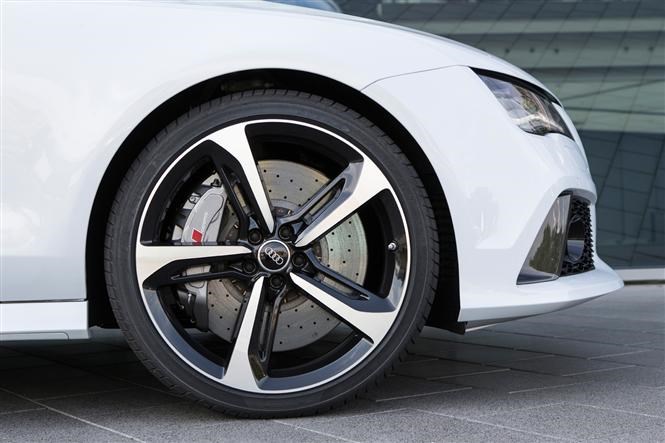
There should be absolutely no noises when cornering. Bangs or bumps could indicate poorly installed shocks or other chassis issues.
The steering should feel fairly progressive too, with no noises when you turn the wheel.
Make sure the brakes have been maintained properly and that there’s enough meat left on the pads for a decent amount of use if you do end up buying the car.
Consider brake pads a regularly changed item if you’re going to do track days.
Interior and paintwork
.jpg)
These should generally be in good condition. They’ll give you an indication of how the car has been treated.
Look at the driving controls (steering wheel, gear lever and pedals) to see if there’s any wear. If so, does it roughly match with the mileage of the car? If not, why not?
It’s worth making sure the bolstering in the seats is in decent shape too, otherwise the car will become uncomfortable and won’t support you as much as it should. The most common bolster to go first is the driver’s side right hand, since it gets a battering when getting in and out of the car.
Look out for parking dents and scrapes, plus check for anything resembling repaired crash damage – especially if the seller claims it hasn’t been crashed.
Insurance and tax
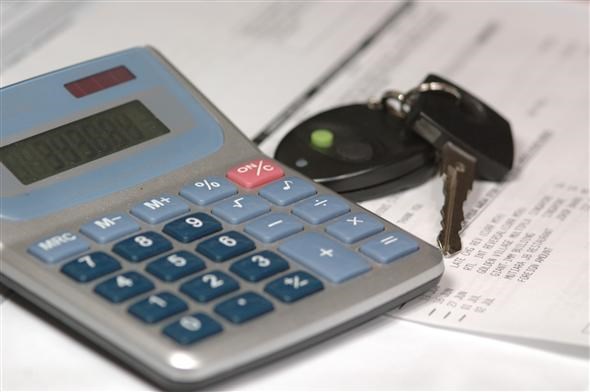
Always get a quote for insurance and make sure how much tax is going to cost you before buying a performance car.
You’ll be surprised just how many people don’t do this and then run into sky-high premiums they just weren’t expecting.
If the car is to be a ‘toy’ for use at weekends, speaking to a specialist insurer about low-usage insurance would be a good way to save money.
Fuel and Servicing/Maintenance
.jpg)
Many performance cars perform at their best on super-unleaded petrol, which costs quite a bit more than regular fuel.
Make sure the car you’re looking at isn’t going to ruin you in fuel bills. Some cars are unbelievably bad on fuel consumption, especially when driving quickly, so just be aware of what you’re going to need to budget for.
Performance cars generally cost a lot of money to both service and maintain, so make sure you budget for these factors too. Parts wear out a lot quicker when higher speeds are involved, so things like brakes and clutches can wear out much faster than on a normal car.
Optional extras
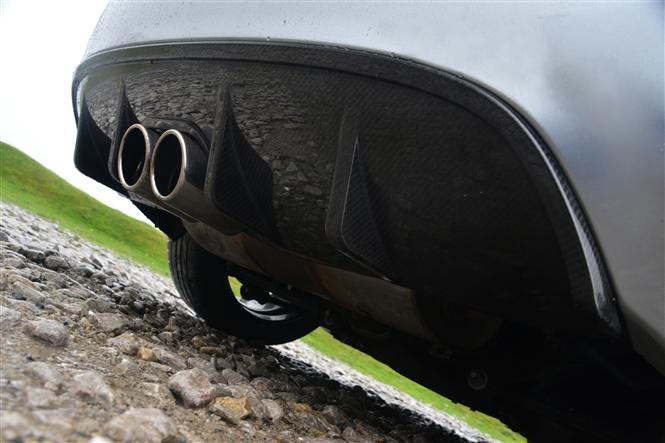
There are many optional extras on the market now that enhance a car’s performance credentials, so it may be worth looking for cars with these installed. Features such as sports exhausts (or ‘active’ exhausts which offer differing volumes) and ceramic brakes (which massively out-perform conventional braking systems) will be very attractive to enthusiastic drivers.
Modifications
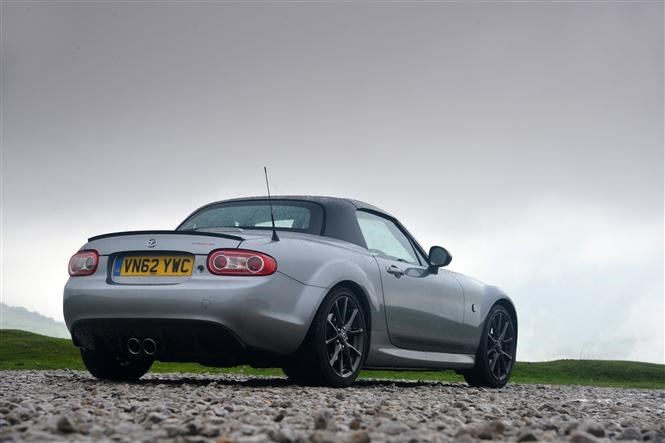
Many performance car owners decide they want their car to be different from everyone else’s, whether it’s improving performance, changing the colour or just putting on a set of wheels that aren’t available from the car manufacturer.
It’s usually best to buy a car with none of these tweaks carried out. That way you know that the car will perform as the manufacturer intended, and you’re less likely to suffer reliability issues as a result of poor home mechanics or low-quality parts.
If you’re tempted by a car that’s been played with, make sure you’ve got a list of everything that’s been done and if possible why it’s been done. Ensure the bits have been installed properly and they’re in full working order.
Also be aware that modifications such as colour-changes, body-kits or over-sized wheels may make the car much harder to sell on once you’re finished with it.
*This is a basic guide to buying a performance car. Each car is different, so it pays to do your own reading up on the specific model you’re looking at. Joining an online owners’ club or forum would be a wise move since most have buying guides specific to the car in question.
If you’re not confident, you can arrange for the car to be checked by a qualified engineer too. Many breakdown firms offer this service, or simply search online for ‘car inspection’.



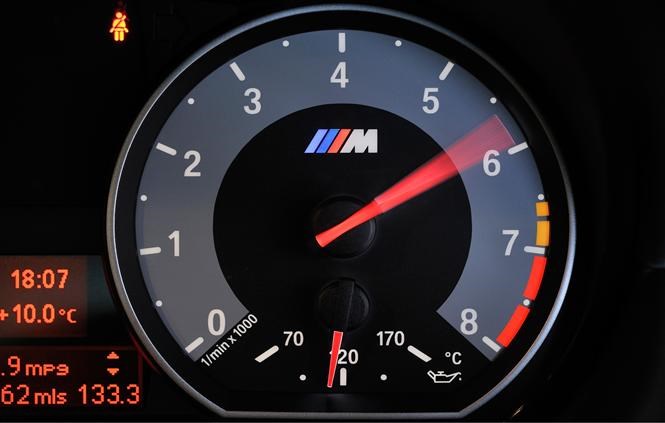


.jpg)


.jpg?quality=50)